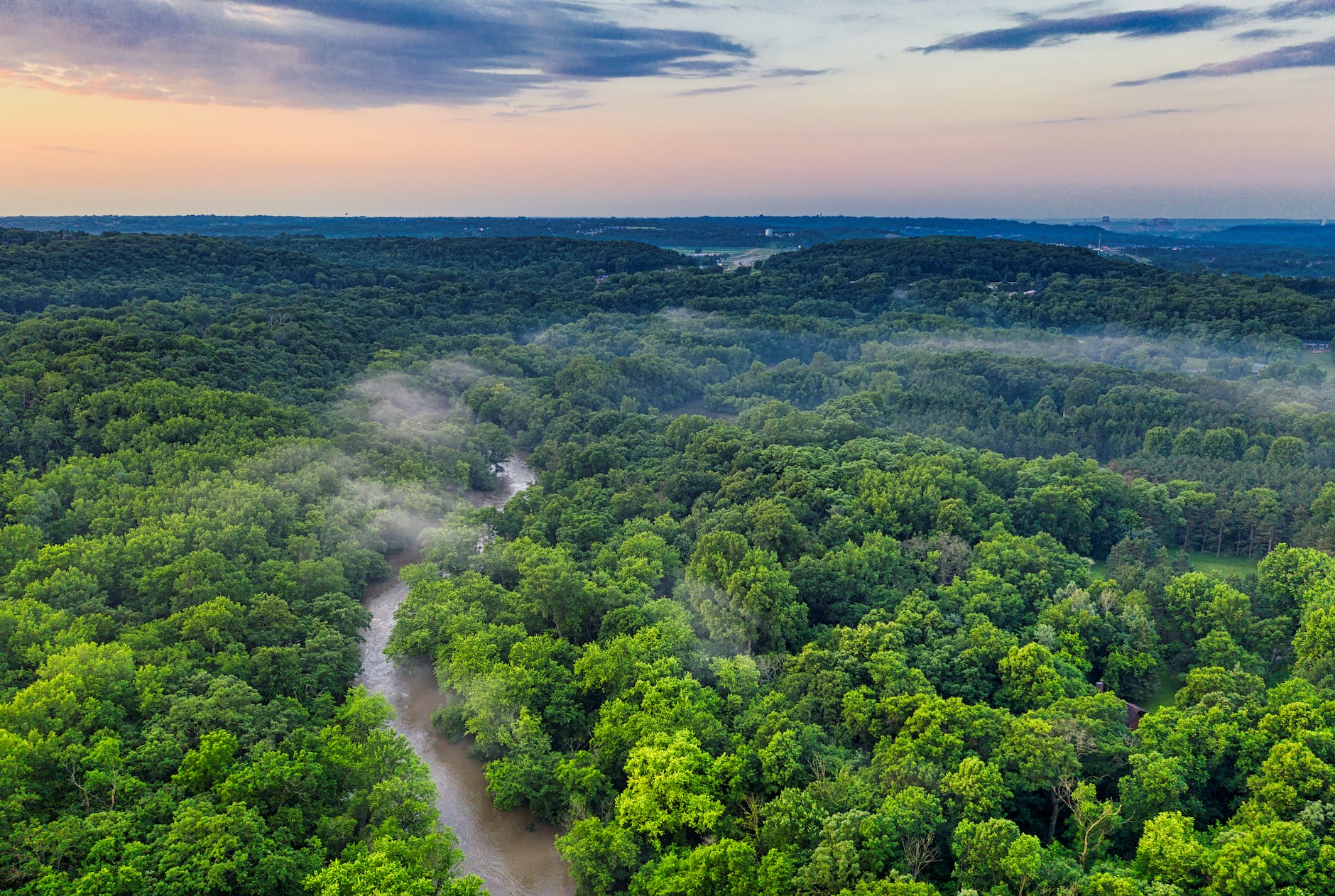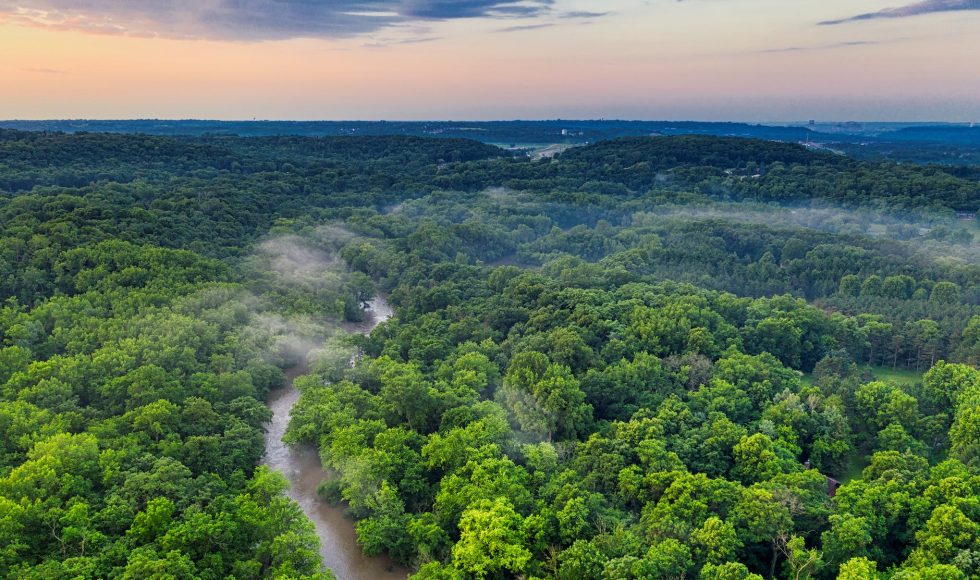Tonight I watched a five-minute Oxford Nanopore Technologies London Calling 2022 session by Mrinalini Erkenswick Watsa and titled “Genomics in the jungle: a field laboratory success story.” Mrinalini Erkenswick Watsa is at the San Diego Zoo Wildlife Alliance and is a field scientist working on conservation. They spoke about the need to assess populations pre and post conservation interventions. Traditionally, these surveys have been done “on foot.” Downstream from collection, there are challenges: reference laboratory capacity may be limited and exporting bio samples requires permits. Mrinalini Erkenswick Watsa spoke about losing samples in transport or inability to analyze. Money and patience were also mentioned as elements needed for obtaining and analyzing bio samples for conservation work. Samples that are lost or degraded may not be able to be analyzed. I thought that Mrinalini Erkenswick Watsa’s point about inclusion was very important:
Exporting samples, exports opportunity… the opportunity for local scientists to participate in sample analysis beyond the act of collection.
Mrinalini Erkenswick Watsa
Erkenswick Watsa and colleagues described this problem in the context of disease surveillance and how it affects biodiversity research. In 2021, they launched the “In Situ Laboratory Initiative” funded by the Moore Foundation and others. They started with field labs in Peru and have expanded to other locations with mobile testing units and thus creating a network. The group uses existing infrastructure and enhances it to become functional research field labs. The space Erkenswick Watsa described included Opentrons automation! They described it as a “BSL-2 laboratory in the middle of the amazon rainforest.” They have deployed three pipelines that use Nanopore sequencing. The first case study was DNA barcoding using sixteen amplicons and barcoding. The second case was SNP-typing with non-invasive sampling. The third case study they described was disease surveillance by sequencing bats, rodents, and marsupials. Through these efforts, they were able to identify a novel coronavirus. I will have to look into some of their metagenomic and barcoding methods!



